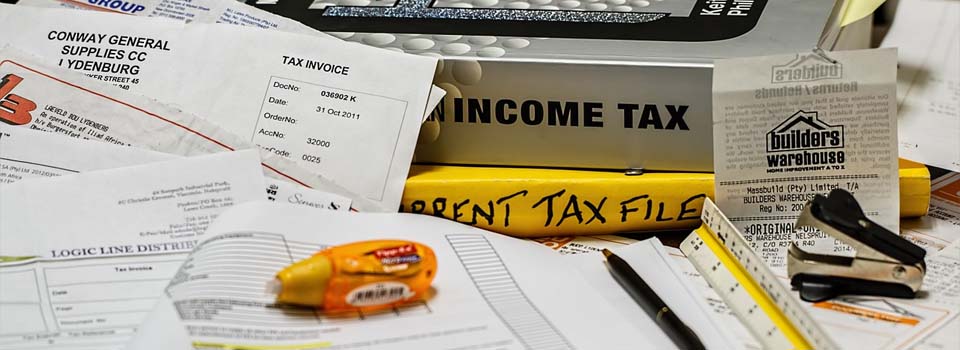The Salient Features
Introduction
- The VAT Flat Rate Scheme was first introduced April 2002 to help simplify the way in which businesses accounted for and reported their VAT.
- From 1 April 2017, the rules changed on how Flat Rate Scheme VAT should be applied.
How does the Flat Rate Scheme Work?
- Businesses calculate their VAT payment as a percentage of total gross turnover.
- There is an added incentive whereby the flat rate percentage is reduced by 1% in the first year of VAT registration.
- The amount of input tax that you can claim back is limited to purchases of capital assets of £2,000 or more.
What Conditions Apply to Join the Scheme?
- To be eligible to use the Flat Rate Scheme, the business must not exceed an annual taxable turnover of £150,000 net and a total turnover not exceeding £187,500 net.
- You can’t use the scheme with the Cash Accounting Scheme. Instead, the Flat Rate Scheme has its own cash-based method for calculating the turnover.*1
What are the Changes to the VAT Flat Rate Scheme?
- Changes to the Flat Rate Scheme aimed at businesses with a low-cost base, known as “limited cost traders”.
- Limited cost traders have to apply a percentage rate of 16.5%.
- Businesses that spend less than 2% of their sales on goods in an accounting period are now classified as limited cost traders.
** Statements and opinions expressed in articles, reviews and other materials herein are those of the authors; the editors and publishers. While every care has been taken in the compilation of this information and every attempt made to present up-to-date and accurate information, we cannot guarantee that inaccuracies will not occur.

